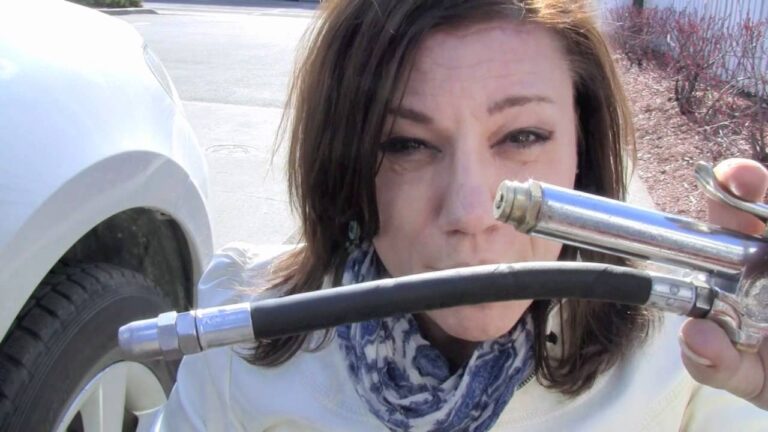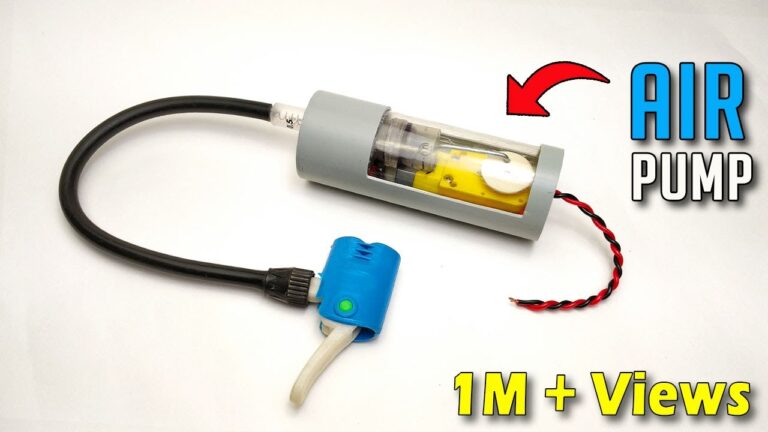How To Inflate A Presta Valve Bike Tire
Flat tire? It’s happened to the best of us! Knowing how to quickly and easily inflate a presta valve bike tire is a crucial skill for any cyclist. This guide will walk you through the entire process, from understanding the presta valve itself to troubleshooting common issues. By the end, you’ll be confident in your ability to fix a flat and get back on the road (or trail!) in no time.
Understanding the Presta Valve
The Presta valve, also known as a French valve, is a type of valve commonly found on high-pressure bicycle tires. This section will cover its unique features and how they differ from Schrader valves. Understanding the valve’s mechanism is the first step in learning how to put air in a presta valve bike tire effectively.
Presta Valve Components
- Valve Stem: The thin, cylindrical part extending from the tire. It houses a small internal pin that controls air flow.
- Valve Cap: The small cap that protects the valve stem. It needs to be removed before inflation.
- Inner Pin: A small, internal pin within the valve stem that seals the valve when not in use. This pin needs to be depressed to allow air to pass.
Difference between Presta and Schrader Valves
Presta valves are slimmer and offer better air retention compared to the more common Schrader valves (used in cars and some bikes). This slim profile helps reduce the weight and friction associated with wider valves. To inflate a presta valve you need a presta pump, or a pump with a presta adapter.
- Pressure Retention: Presta valves generally hold pressure better due to their design.
- Weight: Presta valves are lighter than Schrader valves, contributing to a lighter wheel.
- Compatibility: Presta pumps are typically only compatible with Presta valves, unlike universal pumps that may have both Presta and Schrader adapters.
Inflating Your Tire: A Step-by-Step Guide
This section provides a clear, step-by-step guide on how to inflate your presta valve tire. We’ll cover the use of both a Presta-specific pump and a universal pump with a Presta adapter. Mastering this section will give you the confidence to tackle any flat tire situation.
Using a Presta Pump
- Remove the valve cap.
- Unscrew the Presta valve’s small locking nut a quarter-turn, using your fingers. This releases the valve’s pin.
- Place the pump head firmly onto the valve stem.
- Push the pump handle firmly to begin inflating the tire. Monitor the pressure gauge on the pump or use a separate gauge to avoid over-inflation.
- Once the tire is inflated to the correct pressure, tighten the locking nut and replace the valve cap.
Using a Universal Pump with Presta Adapter
- Attach the Presta adapter to your universal pump head.
- Remove the valve cap from the Presta valve.
- Unscrew the Presta valve’s small locking nut (a quarter-turn) and depress the valve pin.
- Firmly attach the adapter onto the valve stem, ensuring a secure connection.
- Inflate the tire to the recommended pressure, carefully checking using a gauge to avoid over inflation.
- Once the tire is fully inflated, remove the adapter, tighten the locking nut, and replace the valve cap.
Recommended Tire Pressure
The recommended tire pressure is usually printed on the sidewall of your tire (e.g., 60-80 PSI). Using the correct pressure ensures optimal performance, comfort, and reduces the risk of pinch flats. Always check the pressure before each ride.
| Tire Type | Typical Pressure Range (PSI) |
|---|---|
| Road Bike | 80-120 |
| Mountain Bike | 25-40 |
| Hybrid Bike | 40-60 |
Troubleshooting Common Issues
This section will address some common problems encountered while inflating a Presta valve. Knowing how to troubleshoot these issues will save you time and frustration when dealing with a flat tire. This includes cases where the tire won’t inflate or the valve leaks.
Tire Won’t Inflate
- Check the valve core: Ensure the valve core is open. If it’s stuck or not depressable, it might require cleaning or replacement. A small amount of air will release as the pin is depressed. If nothing releases then you know you’ve got a problem.
- Examine the valve stem for damage: A damaged or bent valve stem will prevent inflation. A replacement tube may be necessary in this case.
- Check for a leak in the tire: Sometimes a small hole or tear in the tire itself prevents inflation. This needs a new tire or tube repair.
Valve Leaking Air
- Tighten the locking nut: A loose locking nut can cause air to leak. Tighten it firmly after inflation.
- Check the valve cap: Ensure the valve cap is securely fitted to prevent leaks. It acts as a seal to reduce air leakage.
- Check for valve core damage: A damaged valve core may need cleaning or replacement. A worn-out valve core can cause slow deflation over time.
Myths about Presta Valves
Myth 1: Presta valves are harder to use than Schrader valves.
While they require a slightly different technique, with practice, inflating Presta valves becomes just as easy as Schrader valves. The initial learning curve is minimal.
Myth 2: Presta valves are more prone to leaks.
Presta valves are not inherently more prone to leaks than Schrader valves. Proper maintenance and a properly seated valve core will prevent most leaks. Often a leak is due to tire puncture, not the valve itself.
Maintaining Your Presta Valves
Regular maintenance of your Presta valves ensures optimal performance and prevents leaks. This section will provide practical advice for maximizing your bike’s lifespan and functionality.
Cleaning the Valve
Periodically clean the valve stem and surrounding area to remove dirt and debris. This can help improve the seal and prevent leaks.
- Use a soft cloth and mild soap and water. Thoroughly dry the area after cleaning.
- Inspect the valve core for any damage or debris. If necessary, replace a broken or damaged core.
Lubrication
Using appropriate lubricant to reduce friction between the internal valve components and the pump head can also help extend their service life. It’s a good idea to lubricate the valve before and after use.
- Apply a small amount of valve lubricant to the valve stem. Make sure to remove any excess lubricant after application.
- Avoid using excessive force when unscrewing and screwing in the valve core; this can damage the valve core.
FAQ
How often should I check my tire pressure?
It’s recommended to check your tire pressure before every ride. Tire pressure naturally decreases over time.
What should I do if my Presta valve is stuck?
Try gently tapping the valve stem with a small object to dislodge any debris that may be interfering. You may also need to use some valve lubricant to help loosen it.
What is the best way to prevent leaks?
Ensure the valve core is properly seated and the locking nut is tightened after inflation. Regular cleaning and lubrication also help prevent leaks.
What happens if I overinflate my tires?
Overinflation can lead to a very harsh ride, make punctures more likely and cause damage to the rim or tire sidewalls. Underinflation can also cause pinch flats.
How do I know if my tube needs replacing?
If the tire is continuously losing air even with a well-maintained valve, it is highly likely there is a hole or tear in the tube. You will need to replace the tube in this instance.
Can I use a Schrader adapter on a Presta valve?
No, a Schrader adapter is only compatible with Schrader valves and cannot be used with Presta valves. It could cause damage to the valve.
What type of pump should I use?
For optimal results, use a high-quality floor pump designed for Presta valves. For travel a small handheld pump is also a good option.
Final Thoughts
Mastering the art of inflating a Presta valve bike tire is a vital skill for any cyclist. By following the steps outlined in this guide and understanding the common issues, you can confidently maintain your bicycle tires and keep your rides smooth and enjoyable. Remember to check your tire pressure regularly and perform routine maintenance to prevent flats and extend the life of your tires. Happy cycling!


